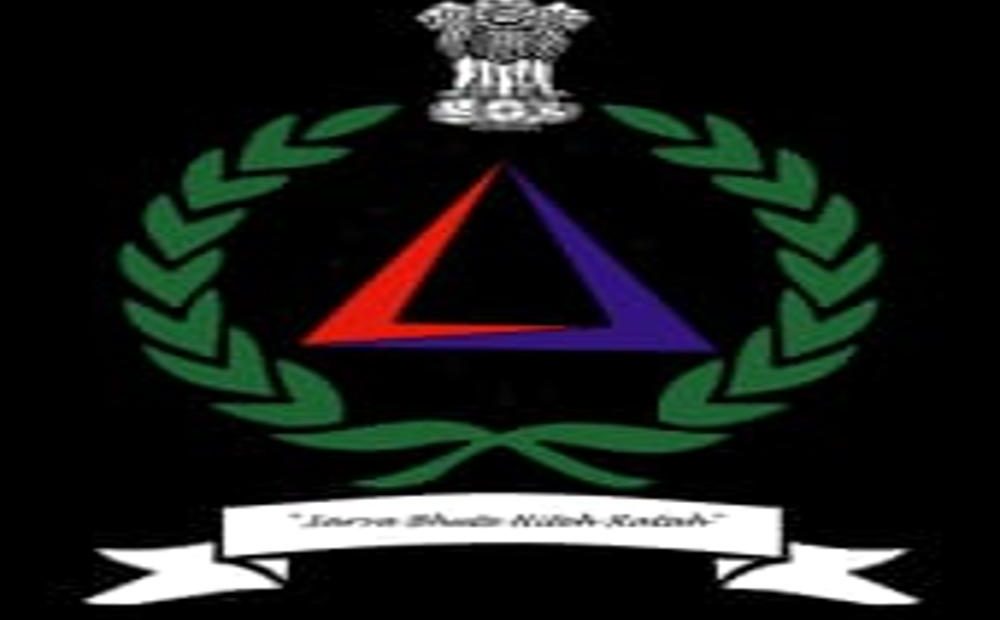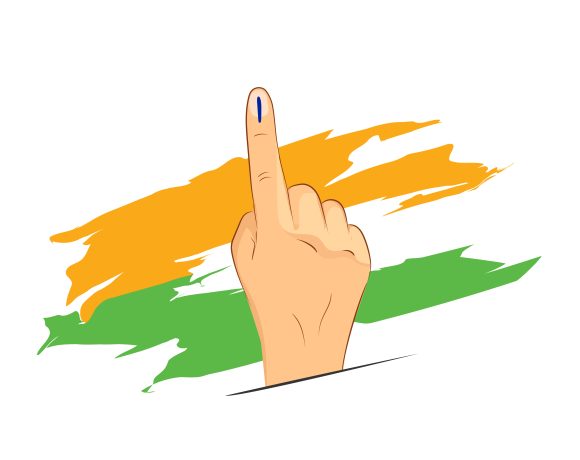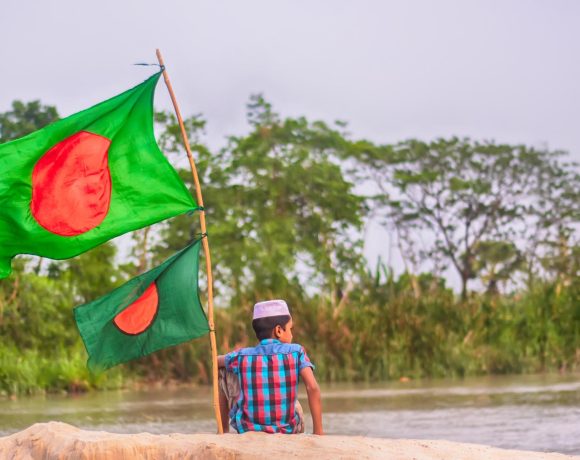
Breaking Down The News: Why India Invoked Emergency Civil Defence Powers Amid Escalating Tensions with Pakistan
India’s Ministry of Home Affairs has issued a significant directive to all state chief secretaries and Union Territory administrators, asking them to invoke emergency powers under the Civil Defence Rules, 1968. This move comes in the wake of intensifying hostilities with Pakistan following the Pahalgam terror attack on April 22 that left 26 civilians dead, and India’s subsequent military response under Operation Sindoor. The directive, which supports large-scale mock drills like the one conducted on May 7 across 244 districts, is part of a broader strategy to prepare the civilian population and critical infrastructure for any emergency arising out of the ongoing conflict.
The civil defence mechanism in India, framed under the Civil Defence Act of 1968, grants both central and state authorities sweeping powers to ensure civilian safety and continuity of essential services during times of war, natural calamities, or large-scale emergencies. This includes ordering blackouts, evacuations, restricting movement, requisitioning private property, camouflaging vital installations, controlling communications, and even regulating public messaging. The invocation of these powers is not routine and signals the government’s intent to prepare for any escalation that could arise from the volatile border situation.
For ordinary citizens, this directive might sound alarming, but it is essentially about being prepared. It means your locality might be asked to turn off all lights at night to avoid detection by enemy drones or aircraft. You might receive siren alerts or emergency SMS instructions during drills or in real scenarios. In some cases, authorities could use school buses or private vans for rescue efforts or convert marriage halls into shelters. If you live in a border or high-risk area, you may be asked to temporarily relocate. Roads could be blocked or rerouted to keep military operations smooth and secure. You could even see key infrastructure like railway bridges or refineries being covered or painted for camouflage.
This is not the first time India has exercised such powers. During the 1971 war with Pakistan, large parts of Delhi and Punjab went through total blackout drills. During the Kargil conflict, emergency preparations were made to evacuate towns in Ladakh. Even in peacetime emergencies like the COVID-19 pandemic or the 2004 tsunami, elements of civil defence—especially evacuation and resource coordination—were activated.
What makes this different is the timing and intensity. With Indian drone strikes hitting terrorist infrastructure in Lahore, Bahawalpur, and Muzaffarabad, and Pakistani military officials threatening retaliation, India’s civil defence preparedness is both a precautionary and psychological tactic. It signals to adversaries that the Indian state is ready not just militarily, but socially and logistically. At the same time, it trains civilians to respond with calm, coordination, and awareness.
For citizens, the takeaway is simple: follow instructions. Turn off lights during drills, don’t panic when sirens blare, and don’t circulate fake videos or war rumors. Respect the work of civil defence volunteers, Home Guard units, and local authorities. The powers being invoked are not a reason to fear—they’re a plan to ensure India stays resilient even in the face of adversity. Preparedness is not war-mongering. It’s responsibility.


















